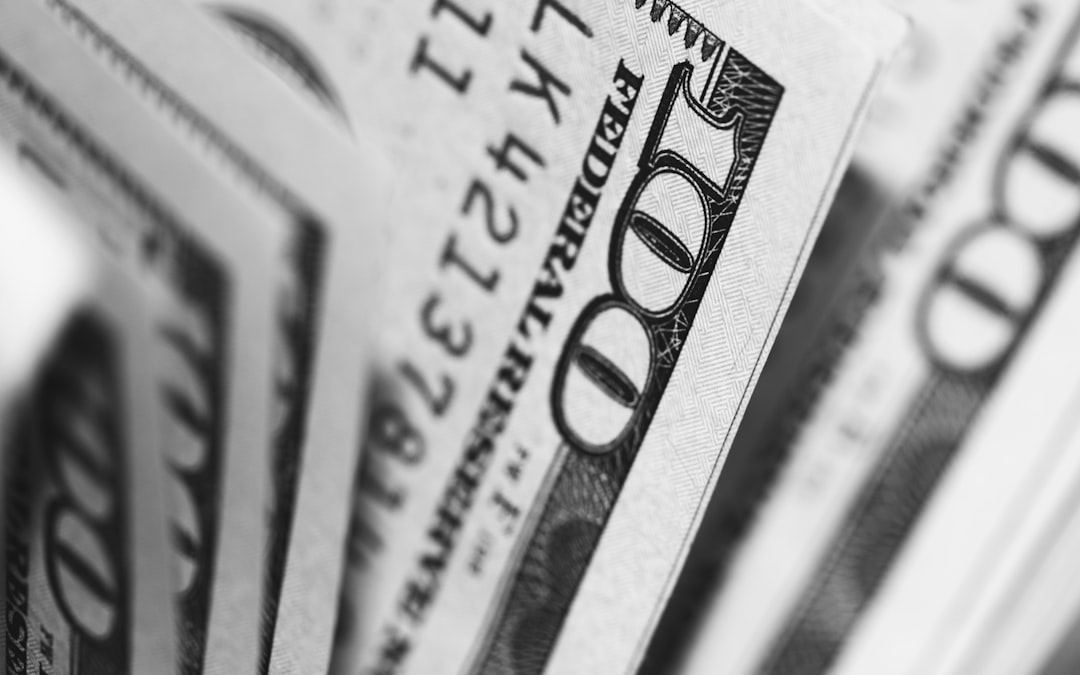
UBS recently urged investors to rethink their U.S. dollar weightings as shifting global dynamics could open the door to a weaker greenback. If you’ve been holding excess dollars, now is the time to evaluate whether your currency mix still aligns with long?term goals and cashflow needs.
Why the Dollar’s Dominance May Be Waning
Over the past few years, the U.S. dollar steadily climbed, fueled by higher U.S. interest rates and relatively stronger GDP growth vs. other major economies. But UBS notes that several factors suggest the tide is turning:
Shifting Growth Differentials: As Europe and parts of Asia recover, the U.S. growth advantage may narrow.
Policy Expectations: The Federal Reserve’s rate?hike cycle is winding down, while the European Central Bank and Bank of Japan hint at future tightening.
Evolving Capital Flows: With stimulus measures in other regions and spiking equity returns abroad, investors are diversifying away from dollar?denominated assets.
To track how the dollar is faring against major currencies, you can monitor real?time rate changes via the?Forex Daily API.
Aligning Currency Holdings with Future Cashflow
UBS recommends first mapping out all anticipated expenses—both one?time and recurring—and identifying the currency in which they will be settled. Examples include:
Tuition or Education Costs Abroad: If you plan to send a child to a European university next year, having euros on hand can help avoid a midstream conversion when the dollar softens.
Retirement Income Streams: For retirees living overseas or requiring foreign draws, matching your holdings to those payout currencies (e.g., CHF for Switzerland, JPY for Japan) reduces conversion risk.
Business Imports or Travel: Companies importing goods from Asia may benefit from holding yen or yuan to lock in favorable rates ahead of deliveries.
By aligning your holdings with known liabilities, you avoid scrambling to buy foreign currency at an unfavorable spot rate. While doing so, consider the trade?offs between yield, liquidity, and volatility.
Alternative Currencies to Consider
Euro (EUR)
UBS highlights the euro as a “practical choice” for investors seeking both stability and flexibility. The ECB’s gradual move toward tightening—details you can watch via the?Economics Calendar API—may support a stronger euro vs. the dollar. If you hold European bond funds or plan expenses in Europe, keeping a portion of assets in euros may hedge against U.S. dollar weakness.
Swiss Franc (CHF)
The Swiss franc often serves as a safe?haven currency during periods of global risk aversion. While yields on franc?denominated assets are low, CHF holdings provide downside protection if markets sour or if geopolitical tensions spike.
Japanese Yen (JPY)
Similarly, the yen appeals to risk?averse investors, though its low YCC?style yields mean you’re effectively paying for insurance. If you have Japanese liabilities—such as a college tuition earmarked in yen—allocating some cash to JPY can be prudent, especially when Bank of Japan policies pivot toward higher rates.
Practical Steps to Rebalance Currency Exposure
Inventory Current Holdings: List all cash and liquid assets by currency.
Project Liabilities: Pin down the timing and currency of major upcoming expenses over the next 6–24 months.
Set Target Weights: Determine what percentage of your portfolio should reside in each currency, balancing yield vs. stability.
Reallocate Strategically: Use low?cost currency ETFs, money?market accounts, or FX?forward contracts to build out non?USD positions gradually.
Monitor Policy Shifts: Keep an eye on major central?bank announcements—especially Fed, ECB, and BoJ decisions—to adjust positions as needed.
By proactively reassessing dollar allocations now—before the greenback potentially dips further—you can lock in more favorable exchange rates and reduce currency risk for future obligations.

